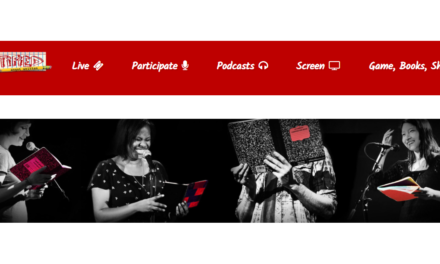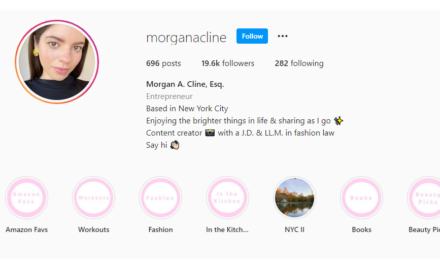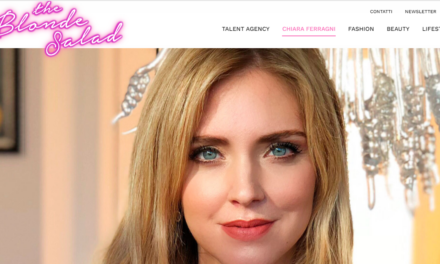When it comes to curated content, a couple of elite companies—such as Netflix and Spotify—likely spring to mind. They operate on a business model of providing subscribers with personalized content recommendations (TV/movies and music, respectively) with the goal of enabling users to discover new favorites. Both companies have been hugely successful, if the numbers are anything to go by: Netflix boasts more than 130 million subscribers worldwide, while Spotify has 83 million paying subscribers. Along with others such as Amazon, they have set consumer expectations when it comes to personalized content and left the rest of the world playing catch-up. Organizations across all industries need to work on personalizing content in order to be competitive going forward.
The Personalization Year in Review
According to Randy Frisch, co-founder, CMO, and president at Uberflip, a provider of a cloud-based content experience platform, “The expectations around personalization are getting more and more sophisticated.” Using Spotify as an example, he notes that when a user opens the app, there is a section (Made For You) with curated playlists. He also points out that the company has 30 million-plus pieces of content and more than 100 million active users. “When you think about the permutations and the combinations that they have to go through, that’s the expectation that people have now,” he says.
Frisch uses Netflix to further illustrate this point: “When I go into Netflix, it’s one thing that yes, I can go into my name, Randy, but it’s the idea that when I get into that Randy stream I’m going to have content recommended to me,” adding that people now expect personalization to permeate their entire experience in this way. “Our name on that website is content, absolutely, but what I think people are starting to expect more is the actual meat,” he asserts, saying that when a person lands on a website, he or she should be presented with content that’s relevant to him or her in terms of demographics, location, and other factors to demonstrate “that their time is valued and not wasted.”
Dawn Colossi, CMO at FocusVision, a provider of qualitative and quantitative market research technology, expresses a similar sentiment, adding that expectations only increase with the number of times a person visits a website. “When you go to a website and it’s the second, third, fourth time, there’s a reason why you’re going there: You’re looking to learn something, [or] you’re looking to buy something—and it’s the expectation that you can easily find what you’re looking for,” she says.
Colossi adds that personalization is the result of harnessing data effectively, saying that what organizations are working on now is “how to knit all of their data together to have a really clear view of what the person that’s coming to your site is looking for and what they’re trying to solve.”
A Look Ahead at Personalization
Experts agree that personalization will become more crucial going forward. According to Simon Jaffery-Reed, VP of product at Qubit, a provider of personalization software, organizations “are learning how to adopt personalization as a core business strategy for sustainable competitive advantage,” as opposed to it “being purely an add-on” to their approach. He notes that developing an understanding of customers’ preferences and adjusting accordingly in real time “will become a mission-critical requirement” for meeting customer expectations. “The goal is a real-time feedback loop between the customer and the brand,” Jaffery-Reed says.
Achieving this goal will require the use of AI, experts say. Once again citing Spotify, Frisch notes that the company has built algorithms and is leveraging data to understand what content to serve up to users at scale. “That’s really what we need to get to,” he says. Although Frisch concedes that the use of AI is complicated by an increased focus on privacy in a post-GDPR (General Data Protection Regulation) world, he says that if companies “get the right consent” from their audiences and “build trust” with those audiences, they will have “a huge opportunity to be able to deliver much more personalized experiences.”
Colossi agrees, adding that AI-powered technologies (such as content recommendation engines) will only become more sophisticated. She also elaborates on how AI powers personalization, saying that based on the data a company is collecting on a contact, AI can “let the next action happen because of the way it’s learning.”
Nevertheless, Colossi states that it’s important not to get caught up in the technical aspects of the process. “Personalization really starts first with understanding who your customer is—whom you’re trying to get in touch with and who would be interested in your product and what pain point they have and what they’re trying to solve,” she says, adding that “people react to different things based on emotion” and that organizations “need to understand their audiences from the very first touch.”
For Elle Woulfe, VP of marketing at PathFactory, a provider of a platform aimed at helping B2B companies gain deeper insights about content engagement throughout the buyer journey, it all comes down to the data. She says that B2C companies have “had this figured out for a long time,” and B2B ones “tend to be a little behind.” Going forward, Woulfe sees B2B catching up with more sophisticated engagement data that looks at, for example, what content people are consuming and how much time they spend with it—just like Netflix.
“The great personalization we see when we’re engaging with Amazon, with Netflix, with Spotify, at the heart of all that personalization is consumption data—it’s data based on how we are consuming content and information—it picks up where we left off, and it delivers the next most relevant asset,” Woulfe says.






